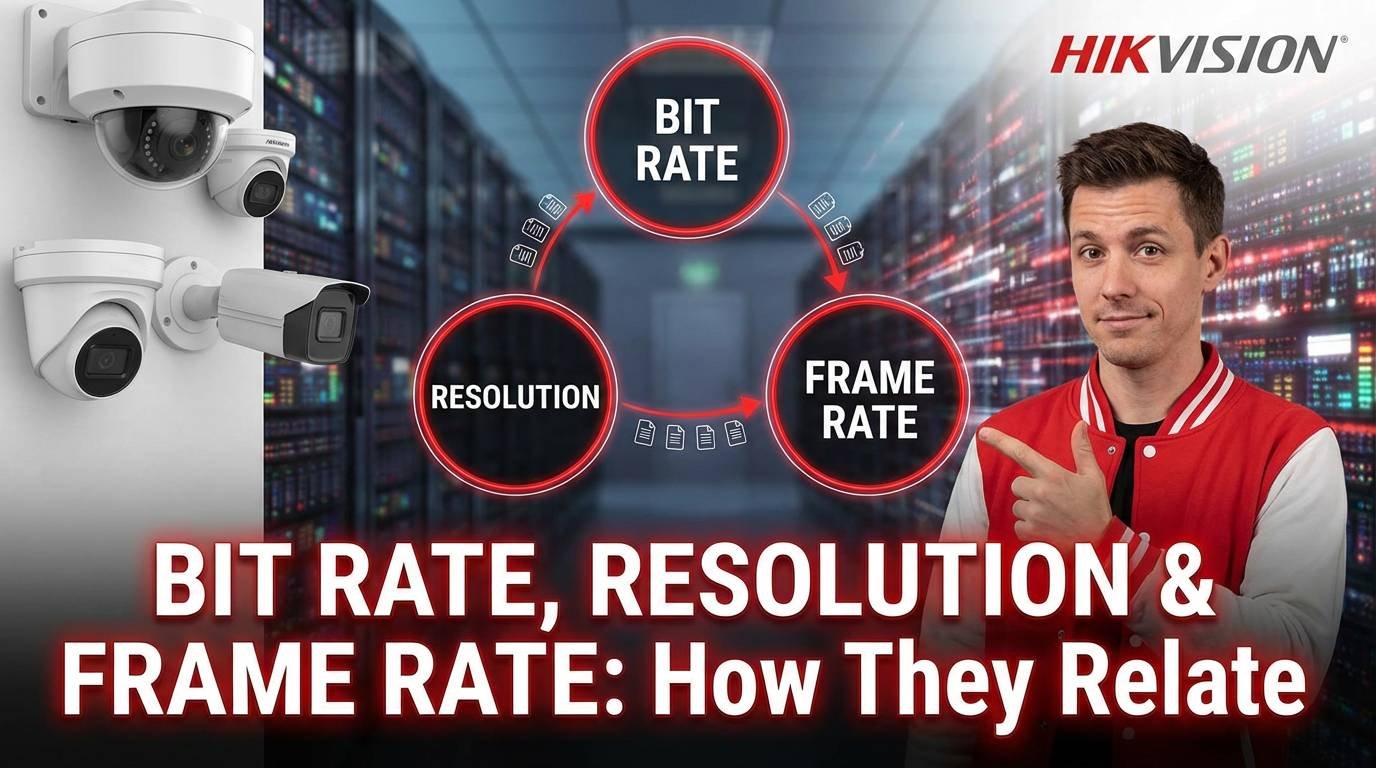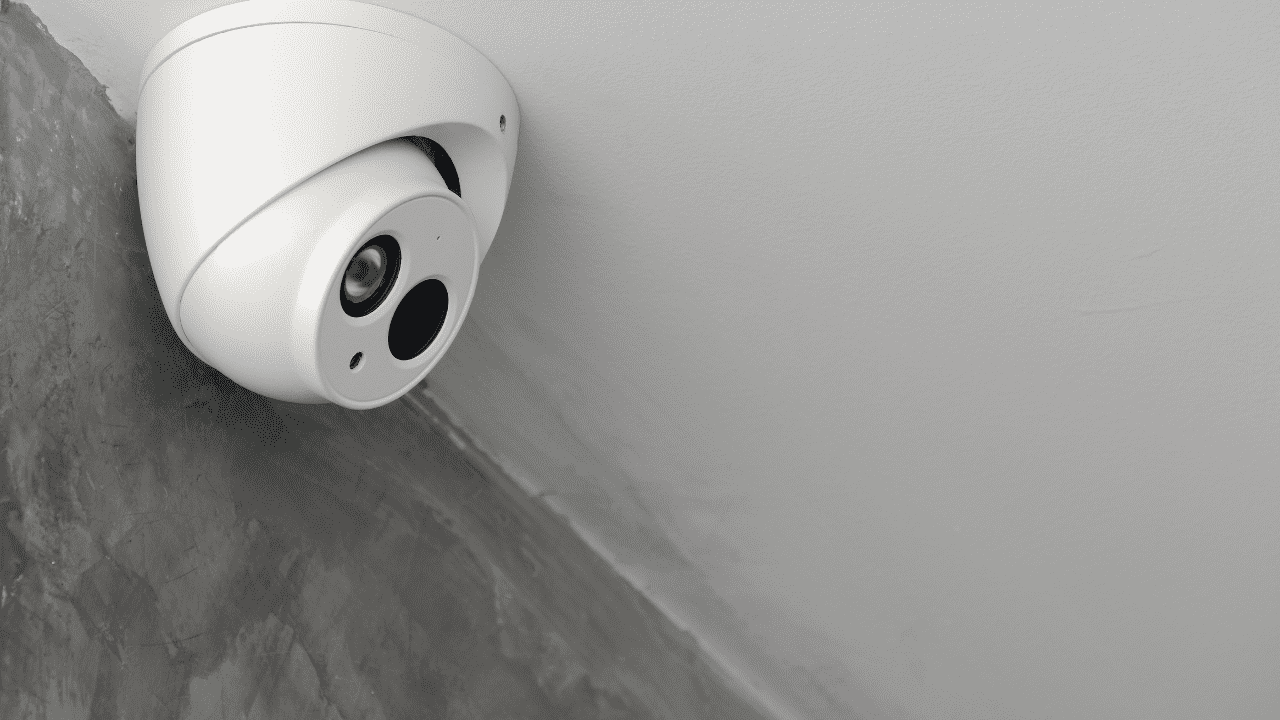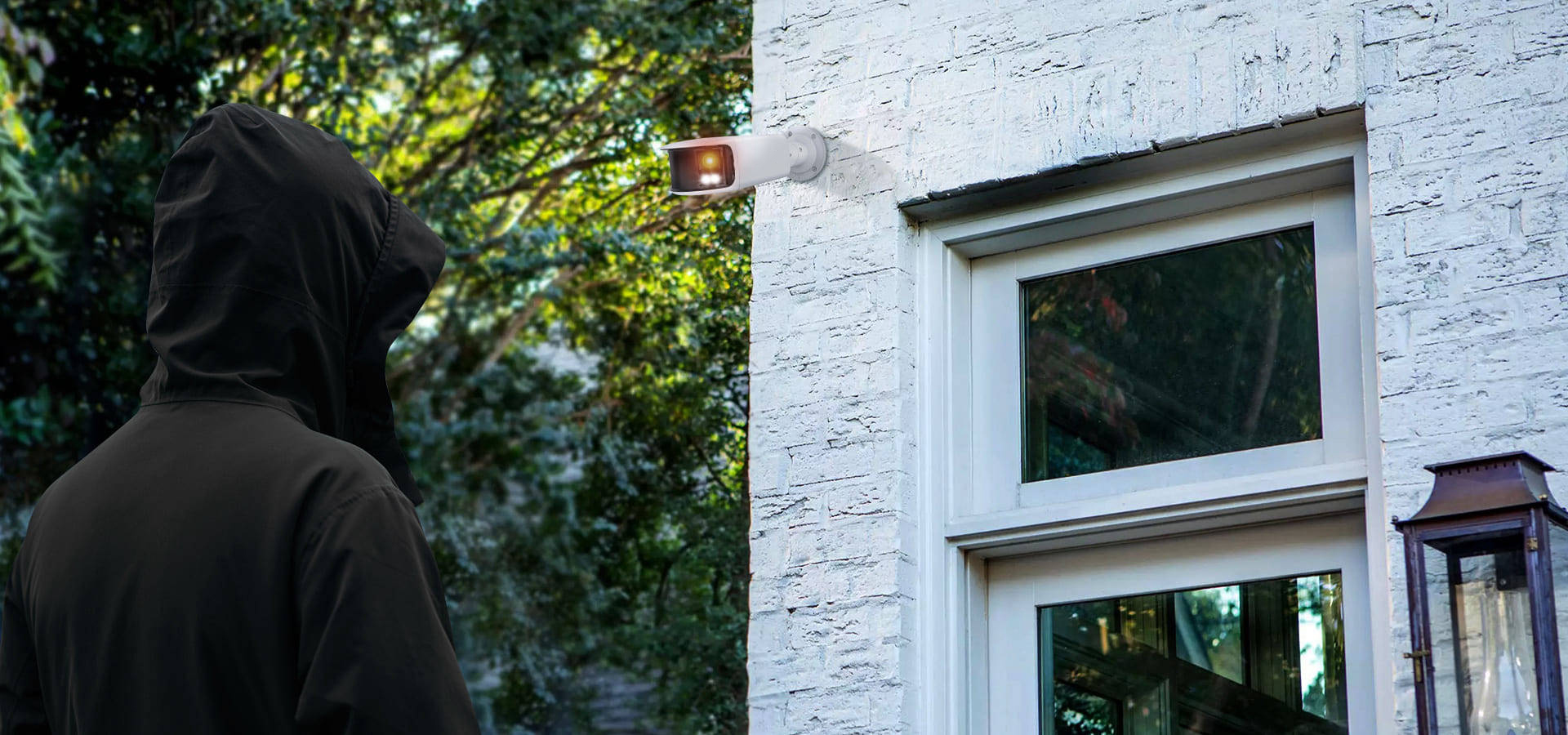When choosing a home surveillance camera, several aspects need to be considered to ensure the right product that meets your home security and monitoring needs. Here are some professional recommendations:

Home Camera Resolution
The resolution of a home surveillance camera refers to the number of pixels in the image, usually represented in megapixels (e.g., 1MP, 2MP, 4MP). Higher resolution provides more detailed images and is crucial for recognizing faces, license plates, and other details. However, higher resolution also means larger data sizes, so it’s essential to balance image clarity with storage requirements.
Image Sensor of Smart Security Camera
The security camera’s image sensor plays a critical role in image quality and low-light performance. Larger image sensors capture more light, resulting in better low-light performance and dynamic range. Therefore, it’s essential to understand the type and specifications of the image sensor used in the smart security camera.
Night Vision Function In PoE Video Surveillance
Home security often requires monitoring during nighttime. Choosing a home camera with infrared night vision capability provides clear black-and-white images in low-light conditions. Additionally, some advanced cameras offer dual-night vision with visible light and infrared, providing high-quality surveillance images both during the day and night.
Field of View
The camera’s field of view determines its coverage area. A wider field of view reduces blind spots and ensures comprehensive monitoring. For monitoring large areas, fisheye lenses or multiple cameras in a combination for panoramic surveillance can be considered.
Video Compression Technology In Surveillance Cameras
High-resolution images and videos consume significant storage space. Therefore, PoE video surveillance cameras typically use image and video compression technologies to reduce data sizes. Common compression techniques include H.264 and H.265. Choosing a camera that supports efficient compression technology saves storage space and provides a smoother remote access experience.
Cloud Storage and Local Storage
Home surveillance cameras often support both cloud storage and local storage. Cloud storage uploads recorded videos to remote servers, facilitating remote access and backups but may incur additional subscription fees. Local storage, on the other hand, saves recordings on SD cards or hard drives, offering higher security but may carry the risk of device damage or theft.
Motion Detection and Alerts
Smart cameras usually feature motion detection, using algorithms to detect moving objects and trigger alerts for any abnormal activities. Choosing motion detection with adjustable sensitivity helps to avoid false alarms and missed events.
Pan-Tilt Control and Lens Adjustment
Some advanced home surveillance cameras come with pan-tilt control, enabling remote rotation and adjustment of the lens angle for full-range monitoring. This feature is particularly useful for flexible surveillance requirements.
Network Connectivity and Privacy Protection
Cameras need to connect to home networks, so it’s essential to ensure they support appropriate encryption and security measures to prevent unauthorized access. Additionally, understanding the camera brand’s privacy policy and data processing methods ensures the protection of personal privacy.
In conclusion, selecting a home surveillance camera involves considering aspects such as image quality, night vision performance, storage options, motion detection, and more. Based on your home’s specific needs and budget, choose a suitable camera brand and model to enhance your home security and monitoring experience.
Home security often requires monitoring during nighttime. Choosing a night vision surveillance cameras home provides clear black-and-white images in low-light conditions. Additionally, some advanced cameras offer dual-night vision with visible light and infrared, providing high-quality surveillance images both during the day and night.







